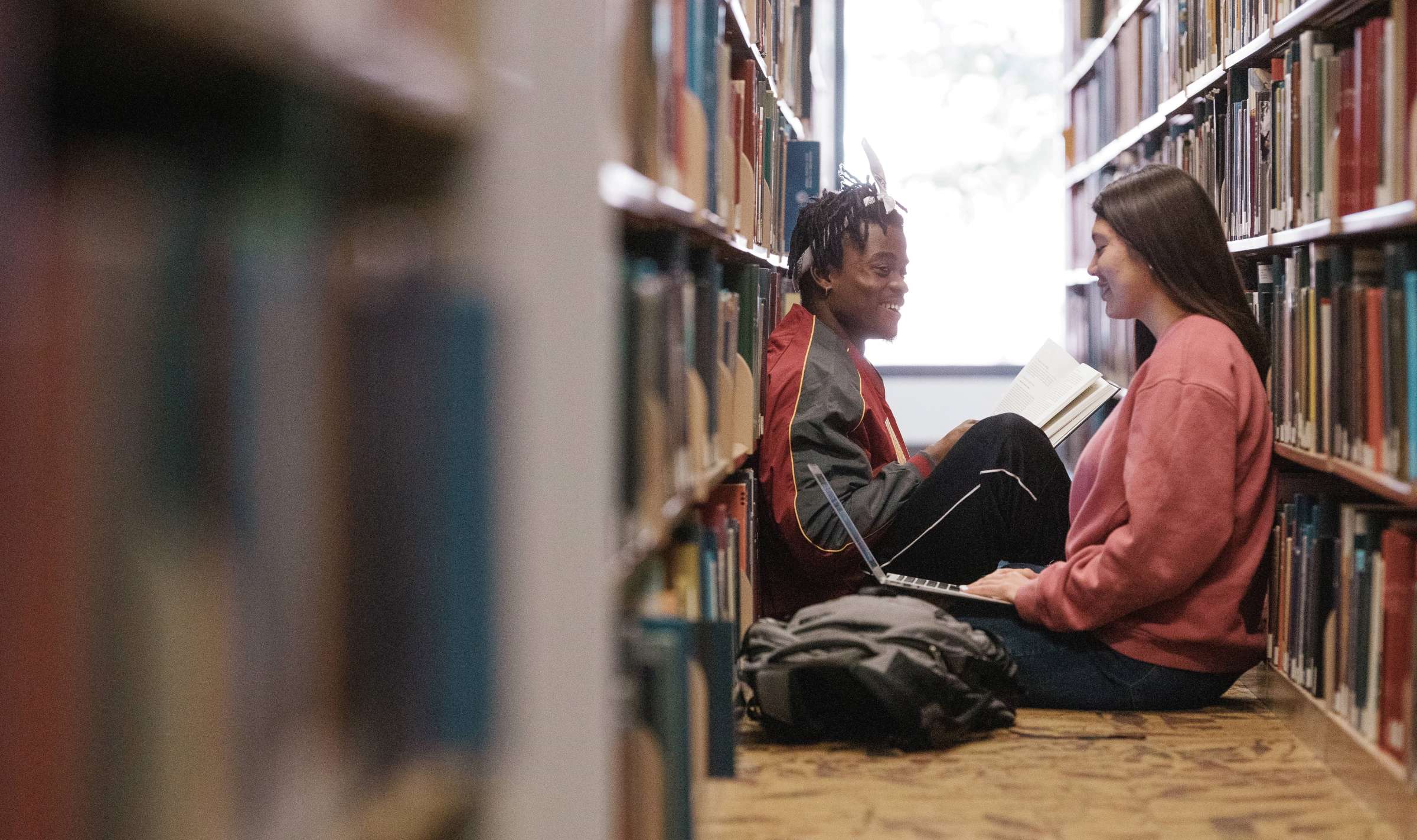This page contains examples of academic accommodations and guidance on implementation. This is not an exhaustive list.
To learn why we implement accommodations and how we determine what is reasonable, click below!

This page contains examples of academic accommodations and guidance on implementation. This is not an exhaustive list.
To learn why we implement accommodations and how we determine what is reasonable, click below!
Students will be provided extended time for all timed exams and quizzes.
Please Note: Unlimited time is not an available accommodation.
Students can receive extra time by having the instructor proctor that extra time, sending the student to the ISU Testing Centers, or by referring them to the EAC.
Note for instructors: In order to provide extended time on a Canvas exam, you must extend the time in the exam for these students. Learn how to extend time on Canvas here.
A low distraction testing environment is a setting outside the usual classroom/testing centers that limits interruptions and other environmental influences. For example, a room that minimizes both the auditory (e.g. copy machines, talking) and visual distractions (e.g. people moving in and out of the testing space). Instructors may choose to refer students to the Exam Accommodation Center (EAC) or set up a space on their own.
The EAC (Exam Accommodation Center) provides this accommodation through this environment:
An example that does NOT meet the low distraction description:
Lab practicals can vary in how they apply the low-distraction environment, given the space and time restraints. Students can work with their instructor to find reduced distraction solutions.
This exam setting is most commonly used for individuals with specific needs that could prove a distraction to other students in the exam room. This may include, but is not limited to, the use of assistive technology such as a speech-to-text program, the need for an interpreter, or a medical condition that engages movement during the course of testing.
Due to unpredictable medical events, some students may require the need to take an exam or quiz at a rescheduled time. Instructor and student should discuss guidelines regarding communication expectations as well as the period of time to make up the exam or quiz.
Exams and quizzes with assistive technology will require further considerations:
Examples:
The Exam Accommodation Center can assist with coordinating proctored exams and quizzes requiring assistive technology if needed
See Assistive Technology and Devices for details.
Students are allowed to audio record lectures for their personal use (not to be shared with others). Students will need to provide their own recording device, such as a cell phone or laptop. Instructors may set guidelines on pausing the recording if discussions are not conducive to study notes (e.g. personal stories that the student would not use for assignments, projects, exams, etc.)
Students are allowed access to slides and other lecture material used by the instructor during class to supplement note-taking. If an instructor does not use slideshows for in-class instruction, the student and instructor can work together to determine an appropriate solution for the student to access similar class materials.
Students have access to notes from the instructor, TA, or another student in the class (as identified by the instructor). Once the instructor identifies who will create notes, the student and instructor will identify a reasonable method {ie. e-mail, Canvas, Cybox, hand delivery) for providing notes to the student with this accommodation in a timely manner.
Notes may be provided in any convenient format. Options include:
Please see the Student Code of Conduct: Recording and/or sale or dissemination (including posting) of instructional content without the express permission of the instructor(s), or an approved accommodation coordinated via Student Accessibility Services.
Course-related presentations and materials are owned by the presenter. Students may take written notes or make other recordings for educational purposes, but specific written permission to sell and/or make publicly available the notes, recordings, or materials must be obtained from the presenter. Failure to secure permission is a violation of these conduct regulations.
Students with medical conditions that fluctuate may need reasonable flexibility to complete course work. The following guidance and suggestions may support students with disabilities and instructors during times of heightened symptoms, when flexibility is needed:
Several versions of this accommodation are available depending on a student’s needs. This may include alternative audiences to presentations or alternative assignments to presentations altogether. Instructors and students will need to work together to ensure modifications align with all course objectives along with the student’s needs.
Students may require short breaks during a class period. The nature of these breaks will depend on the individual student’s medical needs.
Please note that many of these conditions do not require the student to visit a medical provider during flare-ups, so students should not be required to provide doctor's notes for absences in these cases. The following guidance and suggestions may support students with disabilities and instructors during times of heightened symptoms when flexibility is needed: